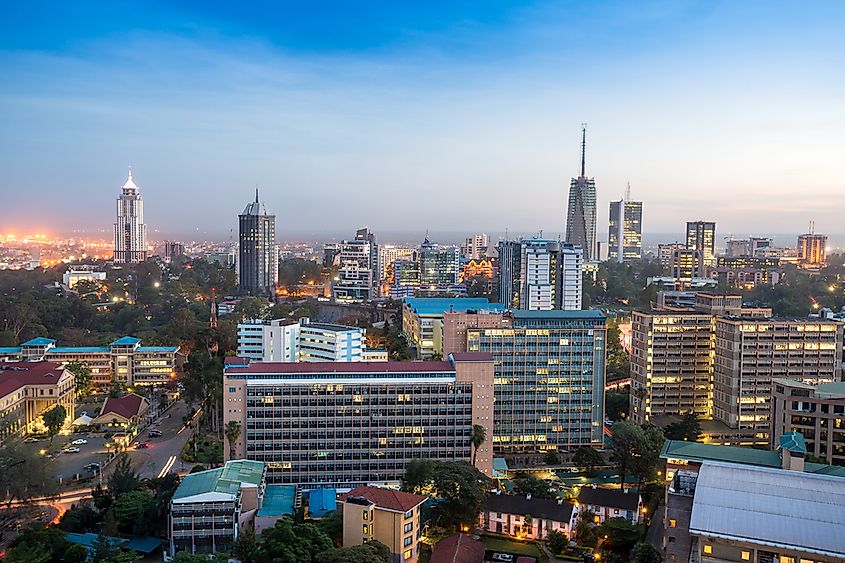Continents Of The World By Degree Of Urbanization

Urbanization is defined as the shift of a population from the rural regions to urban centers. An estimated 50% of the world’s population resides in urban areas with the percentage being highest among developed countries (86%) and the lowest among developing countries (64%). Urbanization in the world has existed since prehistoric times but recorded the greatest increase after the Industrial revolution of the 19th century.

North America was identified as the most urbanized continent in the world with the extent of urbanization in the continent being 81%. Two of North America’s countries, the United States and Canada, are also among the most urbanized countries in the world. In the United States, four out of five residents live in the urban areas, a significant contrast from the 18th century where one out of twenty people resided in urban areas. However, it is important to note the distinction between "urbanized" and "developed". Despite the increased urbanization in the continent since the start of the Industrial Revolution, only 0.9% of the land in North America is defined as developed. In Canada, the percentage of developed land is even lower at 0.2% of the total land area.

Latin America and the Caribbean comes in at second place in the list of most urbanized continents in the world with 80% of the continent’s population living in urban areas. The continent’s urban population has grown tremendously since the 1950s when only 40% of the population resided in urban centers. Currently, 260 million people live in the 198 of large cities in Latin America and account for 60% of the continent’s GDP. The population residing in the urban regions is projected to grow by 10% in 2025 to reach an urban population of 315 million people. This growth in the continent’s urban population is expected to exert even more pressure on the cities’ respective infrastructure.

Europe was the first continent in the world to experience widespread urbanization in the world. Europe was the origin of the Industrial Revolution of the 18th century. The growth of industries in the urban regions during the Industrial Revolution prompted Europe’s rural population seeking employment opportunities to migrate to the towns. Europe is the third most urbanized continent in the world where 74% of its population resides in urban centers.

Africa is the least urbanized continent in the world, where 41% of the population resides in the urban centers. However, the continent is currently at its most urbanized state in its history. In the 1980s about 28% of Africa’s population lived in urban centers. The urbanization rate in Africa of 3.5% is the highest in the world, and the urbanized population in Africa is forecasted to be 50% of the continent’s total population by 2030.
Effects Of Urbanization
Increased urbanization has numerous effects on communities - some could be considered positive, while others are considered negative. Some positive effects of urbanization include the improvement in health and education levels of a country since urban centers usually provide for the infrastructure and enabling an environment for the establishment of schools and hospitals. Urbanization also has numerous adverse effects which include the rise of social ills such as crime. Urban centers with poor infrastructural investments especially in sanitation and drainage can lead to the spread of infectious diseases. In recent years, there has been an increase in non-communicable diseases reported among communities residing in urban centers.
Continents Of The World By Degree Of Urbanization
| Rank | Continent | Degree Of Urbanization |
|---|---|---|
| 1 | North America | 81% |
| 2 | Latin America and the Caribbean | 80% |
| 3 | Europe | 74% |
| 4 | Oceania | 69% |
| 5 | Asia | 49% |
| 6 | Africa | 41% |











